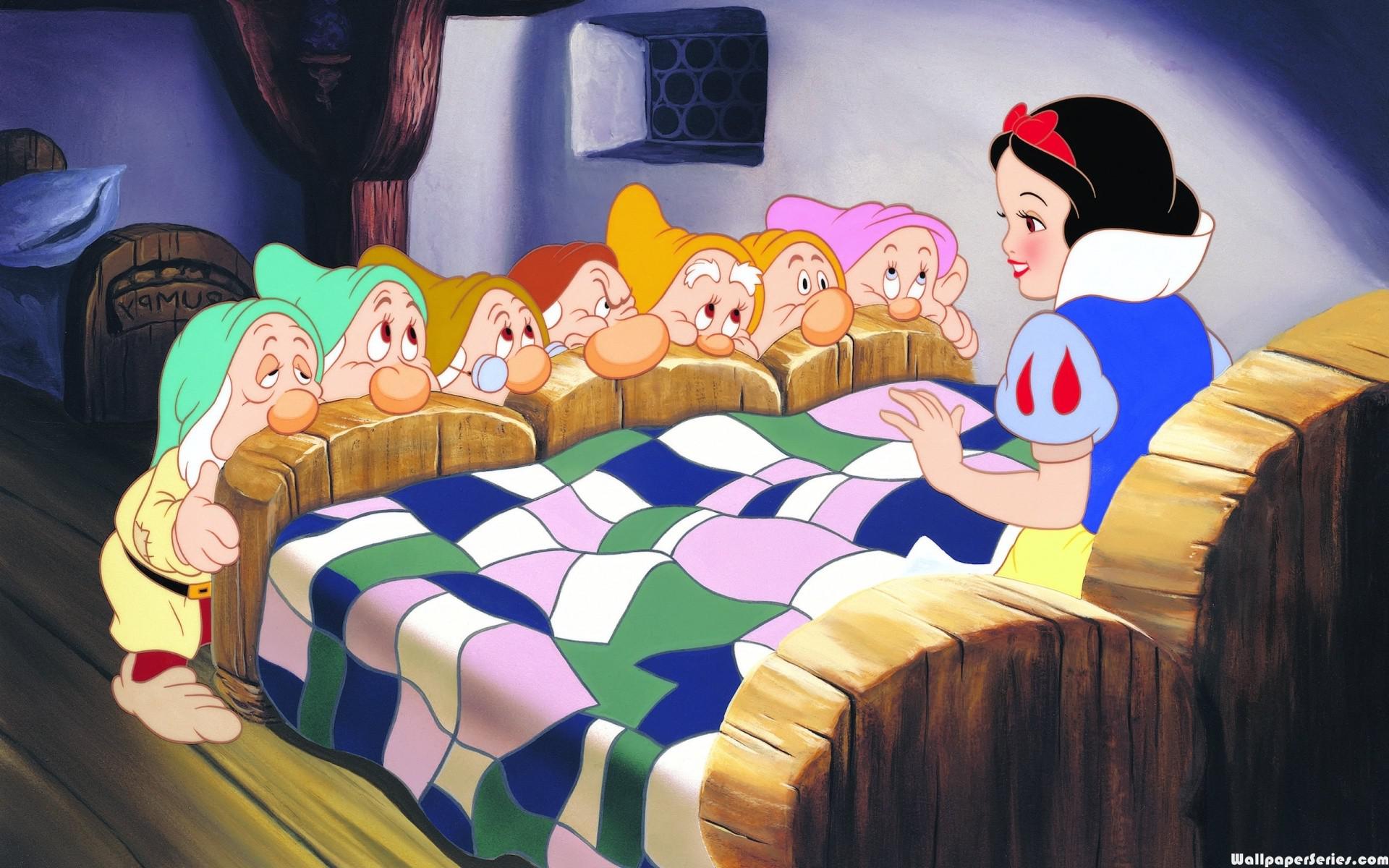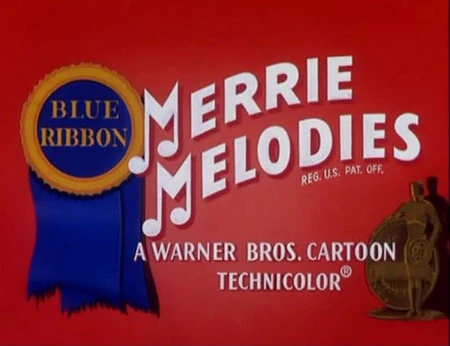History of Animation
 |
| The story of Animation |
Animation is an illusion of real world where make some type of objects but not real with some process(still images, expression etc) and all objects arrange frame by frame and creat a simulation of movement so that it looks like realstick. When all of frame and objects work with simulation of movement, it show a part of life.
If we want to know how animation grow up and standing all think like a real stick, we need to back huge of year ago. Where comes from every concept and peoples are try to do this. Now I will try to a story of Animation:
- EARLY WAYS OF SHOWING MOTION(30,000 B.C-1500 A.D):
Archeological artifacts prove that we’ve been attempting to depict things in motion as long as we’ve been able to draw. Some notable examples from ancient times, as well as an example from the European Renaissance, include:
 |
| VITRUVIAN MAN |
Leonardo da Vinci’s Vitruvian Man drawing shows multiple angles, implying movement.(1500A.D)
 |
| SHAHR-E SUKHTEH |
A bronze-age pottery bowl depicts goats leaping
(Shahr-e Sukhteh, Iran).(3000 B.C)
- ANIMATION BEFORE FILM (1600-1788):
With the spread of the Industrial Revolution in Europe and North America in the 18th and 19th centuries came experimentation with machines that would make images appear to move.
1603:

MAGIC LANTERN

The Magic Lantern is an image projector using pictures on sheets of glass. Since some sheets contain moving parts, it is considered the first example of projected animation.
1824:
 |
| THAUMATROPE |
The thaumatrope housed a rotating mechanism with a different picture on each side. When rotated, you saw a combined picture (known as persistence of vision).
1831:
 |
| PHENAKITOSCOPE |
The phenakitoscope featured spinning disks reflected in mirrors that made it seem like the pictures were moving.
1834:
 |
| ZOETROPE |
The flip-book, also known as the kineograph, reached a wide audience and is credited with inspiring early animators more than the machines developed in this era.
1868:
 |
| FLIP-BOOK |
The flip-book, also known as the kineograph, reached a wide audience and is credited with inspiring early animators more than the machines developed in this era.
1877:
 |
| MOVIEOLA/PRAXINOSCOPE |
The praxinoscope expanded on the zoetrope, using multiple wheels to rotate images. It is considered to have shown the first prototypes of the animated cartoon.
- THE SILENT ERA{1900-1930):
The early 20th century marks the beginning of theatrical showings of cartoons, especially in the United States and France. Many animators form studios, with Bray Studios in New York proving the most successful of this era. Bray helped launch the careers of the cartoonists that created Mighty Mouse, Betty Boop, and Woody Woodpecker.
 |
| HUMOROUS PHASES OF FUNNY FACES |
1906:
marks the first entirely animated film, using stop-motion
photography to create action.
1908:
 |
| FANTASMAGORIE |
is the first animated film using hand-drawn animation, and is considered by film historians to be the first animated cartoon.
1914:
 |
| GERTIE THE DINOSAUR |
GERTIE THE DINOSAUR is considered the first cartoon to feature an appealing character.
1917:
 |
| felix the cat |
FELIX THE CAT
Musical Mews and Feline Follies introduced Felix the Cat—often considered the first animated movie star.
1928: steamboat willie
 |
| steamboat willie |
featuring Mickey Mouse—becomes the first cartoon with the sound printed on the film,and is the first notable success for Walt Disney Studios, founded in Los Angeles in 1923.
 |
| Orginal storybook |
was found in Walt Disney’s files years after he died.
 | |
| Orginal Sketch |
Rare original layout drawing featuring Mickey
and Black Pete from Steamboat Willie.
- THE GOLDEN AGE OF AMERICAN ANIMATION 1930-1950
During what many consider to be the “Golden Age” of animation, theatrical cartoons became an integral part of popular culture. These years are defined by the rise of Walt Disney (Mickey Mouse, Donald Duck, and Silly Symphonies), Warner Brothers, MGM, and Fleischer (Betty Boop, Popeye).
1930: merrie melodies
warner brothers cartoon founded and creat merrie melodies secries.
the first animated feature to use hand-drawn animation.
1937:snow white
Walt Disney releases Snow White and the Seven Dwarfs,
the first animated feature to use hand-drawn animation.

Walt Disney releases Snow White and the Seven Dwarfs

FIRST HAND-DRAWN
Animated Feature Film
 |
| snow-white-and-the-seven-dwarfs |
Did you Know?
The voice of the Wicked Queen, was able to achieve the raspy Old Hag’s voice by removing her dentures.
1.5 million cells were used in the animation of snow white
Fun Fact
It took almost two years to come up with
the final renderings of the Seven Dwarfs.
the final renderings of the Seven Dwarfs.
- THE AMERICAN TELEVISION ERA 1960-1980
The animation industry began to adapt to the fact that television continued its rise as the entertainment medium of choice for American families. Studios created many cartoons for TV, using a “limited animation” style. By the mid ‘80s, with help from cable channels such as The Disney Channel and Nickolodeon, cartoons were ubiquitous on TV.
- 1960: FLINTSTONES
 |
| FLINTSTONES |
- 1961: YOGI BEAR
 |
| YOGI BEAR |
The Yogi Bear Show, a spin-off of Huckleberry Hound (another Hanna-Barbera production), debuts on national TV.
ACADEMY AWARD WINNER
Best Short Film
- 1964: THE PINK PHINK
DePatie-Freleng Enterprises wins the Academy Award for Best Short Film for The PinkPhink (of the Pink Panther series) and continues to create shorts for theatrical release.
- 1964: FRITZ THE CAT
 |
| FRITZ THE CAT |
- MODERN AMERICAN ERA 1980-2017
The CGI (computer generated imagery) revolutionized animation. A principal difference of CGI animation compared to traditional animation is that drawing is replaced by 3D modeling, almost like a virtual version of stop-motion. A form of animation that combines the two and uses 2D computer drawing can be considered computer aided animation.
This short film was the first fully CGI-animated film,
created by The Graphics Group, the precursor to Pixar.
- 1987: THE SIMPSONS
 |
| THE SIMPSONS |
The Simpsons is an American adult animated sitcom created by Matt Groening for the Fox Broadcasting Company. It is the longest-running American sitcom, the longest-running American animated program, and in 2009 it surpassed Gunsmoke as the longest-running American scripted primetime television series.
 |
| Add caption |
LONGEST-RUNNING
American
Animated
Program
FIRST FULLY
Computer Animated Feature
1995
TOY STORY
 |
| TOY STORY |
Toy Story, the first fully computer-animated
feature film, was released.
2014
BIG HERO 6
 |
| BIG HERO 6 |
Big Hero 6 is the first Disney animated film
to feature Marvel Comics characters
This is the story of Animation. Now day by day technology are developing; So, we can't any thing firstly. Technology development meance next coming move make history because there will be use latest technology. People are interest about Animation. So, they are interest to grow there career with Animation.
Animation career is a one of quick developing career.So, If you dicided to make your career in Animation, you are welcome.
Thanks a lot to all.for read full history of animation. Here i tryied to say begening to recent. Some of image, information was collected.

















No comments